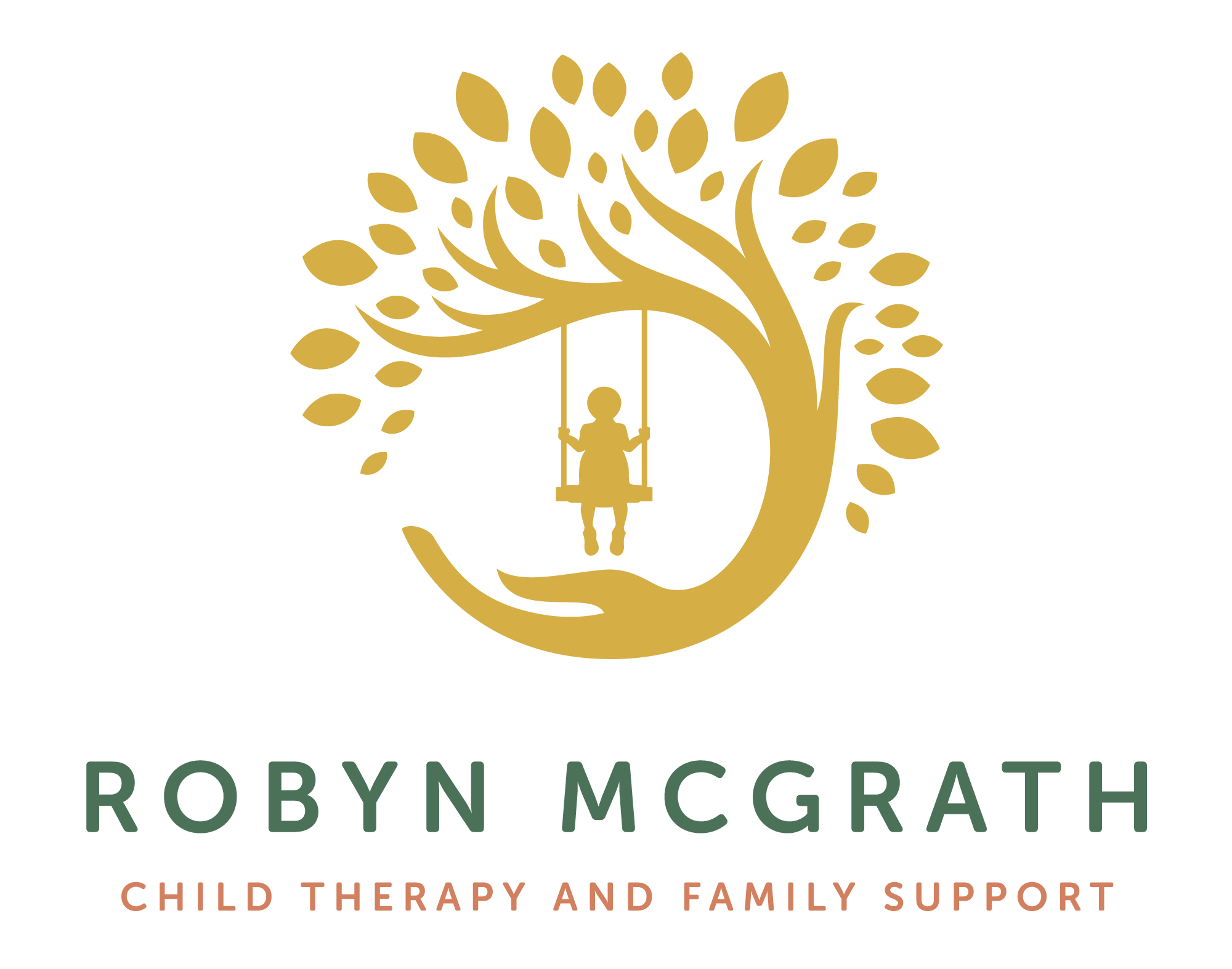Family Meetings
Recently, over a heated game of Sorry my son announced we should have a family meeting. Me, always the organizer, had to bite my tongue as I sat back and resisted the urge to take control. This was a chance for my child to take the lead.
“Hmmmm, tell us more,” I said.
He threw out the word, “privacy,” and to that we all decided to go around and share what came to mind for us in relation to that word. Here I did interject with one rule: everyone gets a fair chance to be heard.
After each of us shared our thoughts on privacy, we explored what we should do with everyone’s input. We all came to a common agreement, largely around privacy in the bathroom, and then the next person got their chance to throw out a word.
Wow! This was working. As a family we were relaxed, talking openly, not judging the other’s thoughts, or inserting our ideas, and actively listening. And for once it didn’t require ME to make a list of some sort.
Back in the days when I was a teacher, I was a strong believer in classroom meetings. Students were able to share their grievances and concerns as well as express gratitude. The classroom climate always had an air of connection. So why hadn’t I been doing this with my family all these years?
Family meetings have an array of benefits:
Enhances connection between family members
Increases self-esteem in our children
Strengthens problem solving skills
Provides an opportunity to resolve ongoing conflicts
Reduces stress among family members
It seems I always thought family meetings required planning, a white board, a list of rules, and time. Time, I didn’t “think” I had. After our first family meeting, we all felt lighter as we shared what had been weighing on our minds.
That first meeting taught me:
Keep it positive. Refuse to engage in shaming and blaming.
Let it evolve naturally, don’t force anyone to participate.
Make sure everyone feels seen and heard.
Don’t allow interruptions while someone is talking.
Give your children a chance to lead. Have them start the meeting or decide where you should have it.
There are myriad of ways one can go about having a family meeting. Structured or not, I did some sleuthing to see what my family could add to our meetings to make it even MORE successful. If you choose the word association route we went, or not, carving out the time is the first and most important step.
Here are a few other elements that will support you during your family meeting.
Set an agenda. Allow each family member to have input on topics discussed.
Establish ground rules. Ask everyone what is most important to them.
Use a talking stick. This ensures that only one person is talking at a time.
Make time for gratitude. Have everyone share their gratitude to another family member.
Review upcoming schedules. Soccer, birthday parties, travel and work, put it all out there.
Include a fun activity: a game, cooking, popcorn and a movie. Takes turns each week having one person choose for the group.
Schedule a fun family activity for the coming week. Maybe everyone decides that next weekend a family hike is in order.
Family meetings are yours for the making. Be flexible and allow it to fit the needs of your family. Aiming to meet once a week will reduce conflict, instill responsibility and foster an environment where everyone is able to connect.
As parents, we want to make our children feel connected and capable. Family meetings, done in a supportive and encouraging environment, provide a wealth of opportunities for growth in your family.
Liked this article? Share it with your friends!

